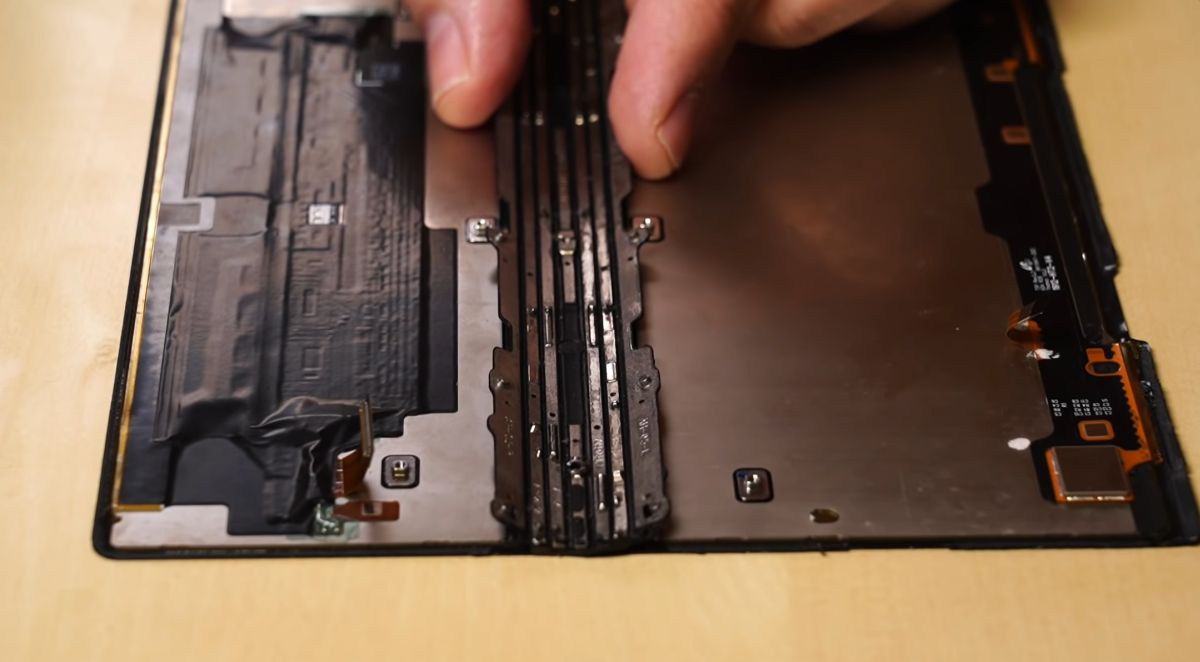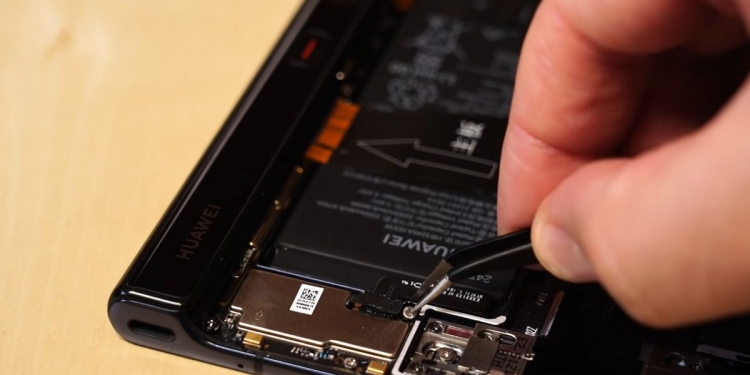The biggest concern for many when it comes to foldable phones is the durability of such complex, expensive devices. Those fears are entirely justified, with the first batch of Galaxy Folds encountering a bunch of defects—which led to a recall, and subsequent redesign.
But major smartphone makers have persisted with the idea, with Samsung re-releasing the Galaxy Fold before launching the Galaxy Z Flip. Huawei has followed up the Mate X up with the Mate Xs, and now, we get a peek into the internals of Huawei’s latest foldable smartphone.
The folks over at iFixit recently shared a teardown video where the Mate Xs—which retails for a staggering RM11,111 in Malaysia—is taken apart, part by part. Of course, the producer of the video makes it clear that the Mate Xs does not come with Google Mobile Services, and all that that entails.
Have a look:
Interestingly, Huawei appears to have built the Falcon Wing hinge on the Mate Xs with layers of shields and components that would prevent dirt (which was one of the Galaxy Fold’s issues) from entering the device and potentially damaging that display.
The video makes a comparison between the Galaxy Fold, which has a gap behind the display when the smartphone/tablet is being folded. The Mate Xs, in contrast, has wings attached to ensure that ingress protection for that fragile display is present.
In summary, the video argues that the Huawei Mate Xs will hold up better in real-world conditions, in comparison to the Galaxy Fold. This is due to “better ingress protection and sturdier construction”, with various shields and adhesives included among the components of the hinge.

Rather predictably, the Mate Xs only scores at 2/10 for its repairability score, due to it being “a pain to work with”. That’s probably down the amount and strength of adhesives used by Huawei in the construction of the device, while certain ports are soldered directly onto the main board.
All in all, this could be actual evidence that Huawei’s Falcon Wing design, made up of over 100 components, is actually more than just marketing talk. Instead, it looks like the Chinese company has worked on the one thing that could still be holding foldable phones back (besides the price): durability concerns.
[ SOURCE ]








